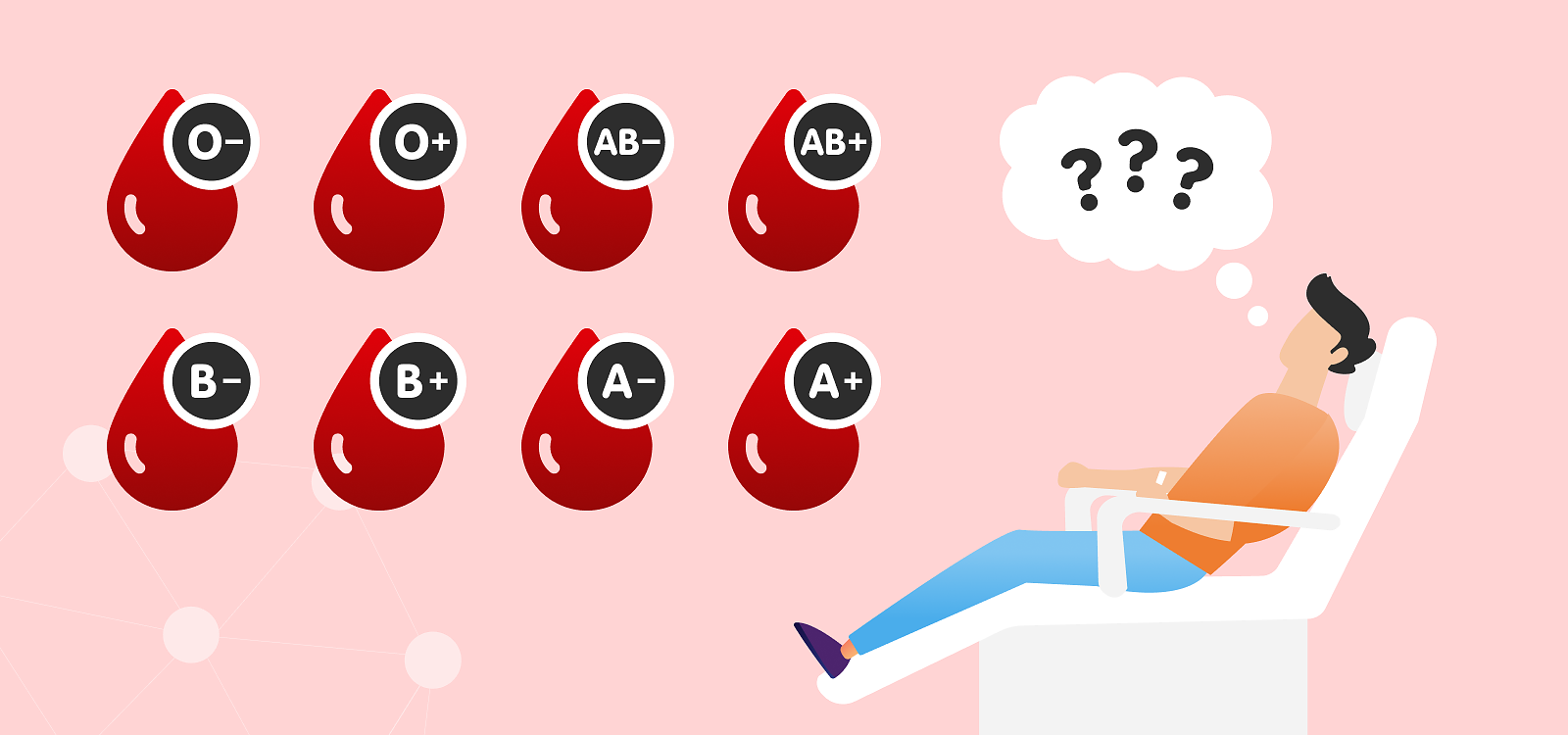Parameter Tuesday: BILIRUBIN
Bilirubin is a yellowish pigment found in bile, a fluid produced by your liver that helps digest food. Bilirubin is produced during the normal breakdown of your red blood cells. More precisely, bilirubin is produced during the breakdown of heme, a part of hemoglobin which is responsible for carrying oxygen around your body. Bilirubin is eliminated from your body through urine or feces.
There are two forms of bilirubin found in the blood, indirect or unconjugated bilirubin and direct or conjugated bilirubin. Indirect bilirubin is bound to albumin in plasma and is not soluble in water. On the other hand, direct bilirubin is found free in plasma and is soluble in water. Together, direct and indirect bilirubin make up total bilirubin. When performing a bilirubin test, total and direct bilirubin can be measured directly in the blood, while indirect bilirubin is the difference between total and direct bilirubin.
When there is too much bilirubin in your body, your skin and the whites of the eyes can appear yellow. This condition is called jaundice and is usually associated with liver or bile duct problems such as hepatitis or blockage of the bile ducts because of gallstones. Jaundice can also be caused by cancer of the pancreas, hemolytic anemia or sickle cell disease. Elevated bilirubin levels or hyperbilirubinemia are typical for people with Gilbert’s syndrome. It’s a genetic disorder in which the liver can’t keep bilirubin at a normal level because it lacks the necessary enzyme.
While high levels of bilirubin may be an indicator of various liver problems, low levels of bilirubin are not connected to any special medical conditions and are therefore usually not a concern. However, lower levels can be a result of smoking, obesity, or some medicine e.g., phenobarbital, theophylline, or even vitamin C.






